Approximately one million plant and animal species are threatened with extinction worldwide. Now more than ever, the need is upon us to protect plants and unlock solutions to the environmental challenges we face. With your help, NTBG has been meeting the need to save plants and stemming the tide of extinction in tropical regions worldwide for more than 55 years. When you support National Tropical Botanical Garden, you help save plants and people. This story is part three of a three-part series. Follow along to learn more about your impact and NTBG’s plant-saving science, conservation, and research initiatives. Read part I | Read part II
Taking in the scenic view of the Lawai Valley from the overlook at NTBG’s administrative headquarters in Kalaheo, Hawaii, is a singular experience. Stretched out before you in the verdant valley below lies McBryde Garden. Home to the most extensive ex-situ collection of native Hawaiian plants, McBryde is a veritable botanical ark of tropical flora.
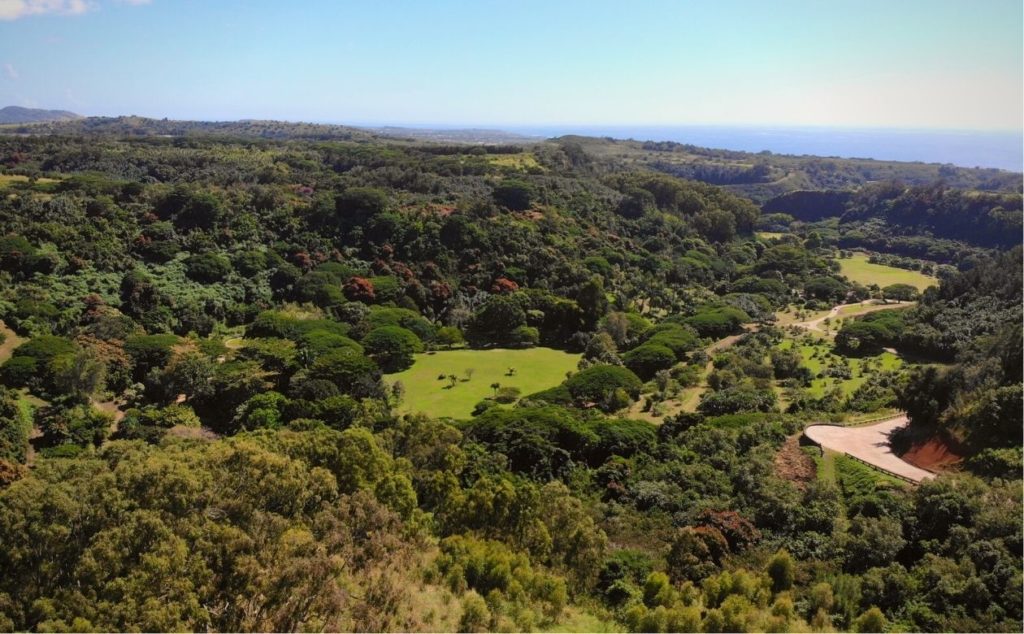
Researchers, botanists, and plant collectors have gathered thousands of species from throughout the tropical world in McBryde Garden to form a living collection that is unparalleled. Visitors can roam through 200 acres of endemic (only occurring in Hawaii) ethnographic and other tropical species, many of which are threatened, endangered, or even extinct in the wild.
In addition to native Hawaiian, Polynesian, Micronesian, and Melanesian species, NTBG’s living collections include tropical palms, Rubiaceae (coffee family), Zingiberales, Erythrina, breadfruit, fruits, flowering trees, ficus, bamboo, and many more. McBryde and all NTBG gardens in Hawaii and Florida provide a haven for imperiled plants. They also present a mesmerizing display of tropical color, shape, and texture to explore and serve as living laboratories for scientists, classrooms, and inspiration for students and visitors.

As we prepare for the future and adapt to our changing climate, the relationship between plants and people will become increasingly important. NTBG is committed to bridging the gap between contemporary science and cultural plant knowledge so humans can better understand their impact on the natural environment and unlock solutions to challenges we may face. Inspiring and training the next generation of plant protectors and conservation enthusiasts is up to us.
That is why part of the NTBG mission is dedicated to providing educational opportunities and training programs from kindergarten through university and beyond. To share more about how NTBG is preparing students to be the scientists and plant protectors of the future, we asked Randy Umetsu, former KUPU member and current Horticulture Technician at Limahuli Garden & Preserve, to discuss his unique experience transitioning into a conservation-focused career and what the future of plant conservation looks like through his eyes.
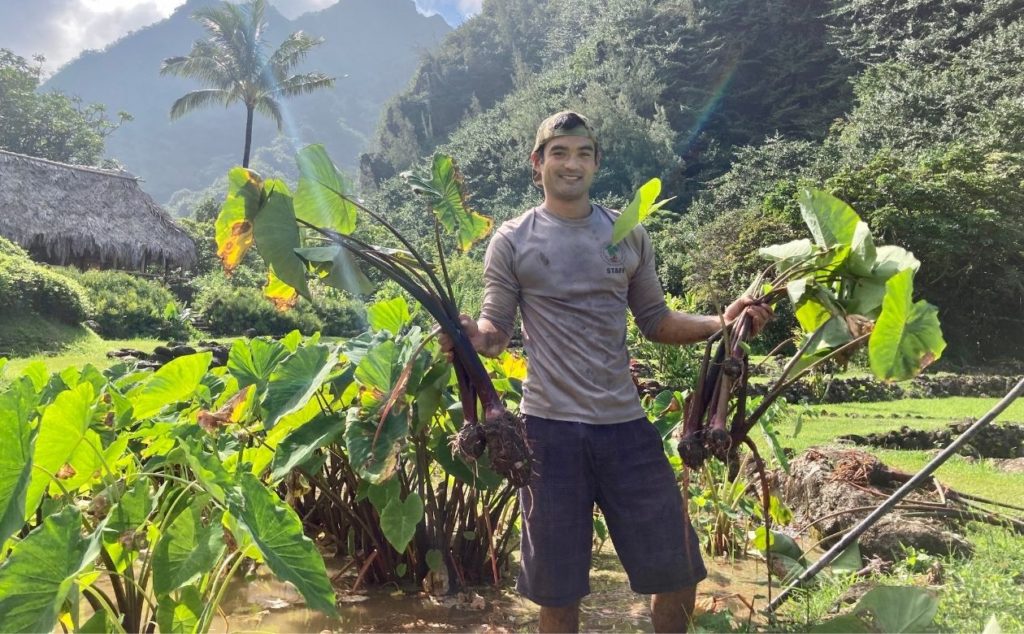
Answers have been edited and condensed for clarity.
Q: What sparked your interest in plants?
RU: It’s a long story. In 2015 I was working in Japan in international relations and decided it was time to move home to Hawaii and consider a career change. I decided to look into farming [yes, farming], discovered the Biology and Tropical Agriculture Program at Kauai Community College (KCC), and enrolled. One day the NTBG Nursery Manager came to one of my classes to advertise internship opportunities and said no experience was necessary, so I jumped at the chance. I did not have any experience working with native Hawaiian plants, but I discovered I like growing native species more than food. Growing a part of Hawaii connects me to the place where I was born and raised, and that connection is what has kept my interest.

Q: Why is plant conservation important?
RU: Biodiversity is a crucial marker for ecosystem health, and plant conservation is essential for maintaining biodiversity worldwide. Plants provide the foundation for food, building and clothing material, and habitat for people, animals, insects, and microorganisms. Hawaii would not be what it is today without plants. Ancient Hawaiian society evolved and thrived without using metal tools and modern construction materials. Much of their life-sustaining food, tools, medicine, and cultural practices came from plants. This is why plants and plant conservation is essential. When we save plants, we save people and traditions too.
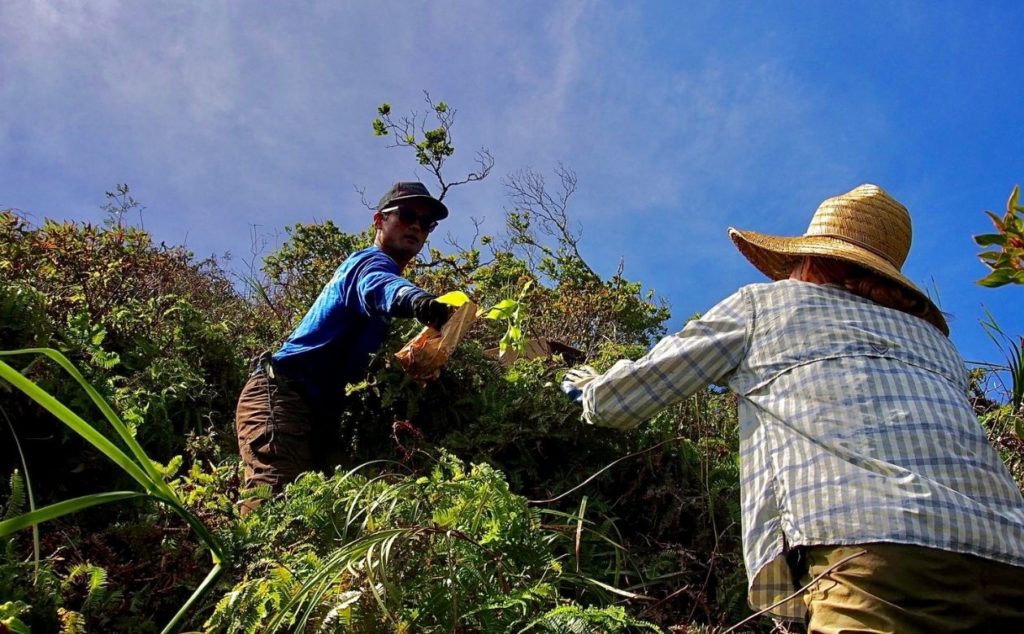
Q: You started your career path as an intern at the NTBG nursery, and now you are a professional horticulture technician at Limahuli Garden & Preserve. What is it like to work in the Limahuli Valley every day?
RU: Honestly, it is a whirlwind. You might be surprised by how exciting and fast-paced working in a garden can be. One moment we are harvesting kalo, and the next moment we’re building retaining walls or clearing debris and assessing damage after a storm. Caring for culturally important places, plants, and endangered species is always exciting.
Q: At Limahuli Garden, we are fortunate to have staff who can trace their ancestral roots to the Limahuli Valley. What’s the biggest lesson you have learned working with them in this Hawaiian place?
RU: The biggest takeaway is learning what commitment to a place really means. To them, stewarding this valley isn’t just a day to day, week to week, or even year to year job. The long-term vision is much bigger than that. Taking care of this place and its plants is a lifelong commitment, and I like seeing it that way too.
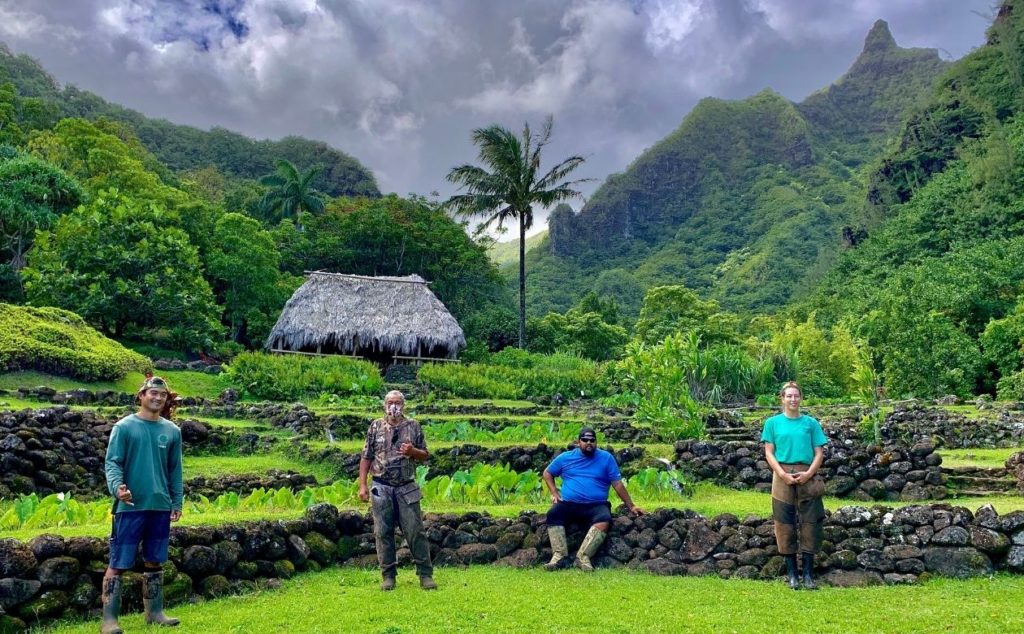
Q: How should someone interested in pursuing a career in conservation get started?
RU: Volunteering with NTBG is a great way to get started. I started volunteering in the nursery, and now I’m working at Limahuli. Look for internship opportunities or programs that provide hands-on experience. For example, I joined the KUPU Program, which helped me get the experience I needed. The NTBG Fall Internship Program, Hawaii Youth Conservation Core, and Pacific Internship Programs for Exploring Science (PIPES UH Hilo) summer internship programs are great options too.
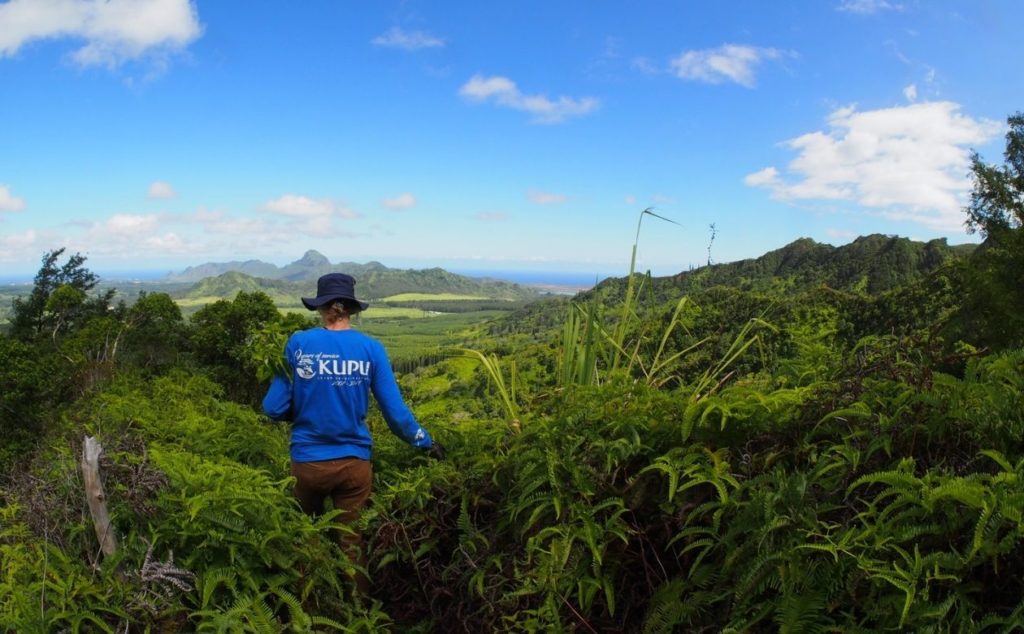
Q: What can people learn from Limahuli, and how can they apply it to everyday life?
RU: Even though Kauai is an island, we are not alone. Everything on our planet is connected. What we do at Limahuli Garden & Preserve and how we do it can be a model for conservation practices worldwide. We’re not just taking care of a beautiful garden people can visit; we are protecting resources from ridge to reef and combining ancient knowledge with cutting-edge science to do it.
Fostering the next generation of conservation enthusiasts and professionals is just one of the many ways NTBG is meeting the need to protect plants now and forever. The Breadfruit Institute’s Regenerative Organic Breadfruit Agroforestry demonstration in McBryde Garden serves as a model for agriculture that can sustain and restore land and decrease food insecurity in tropical regions worldwide.
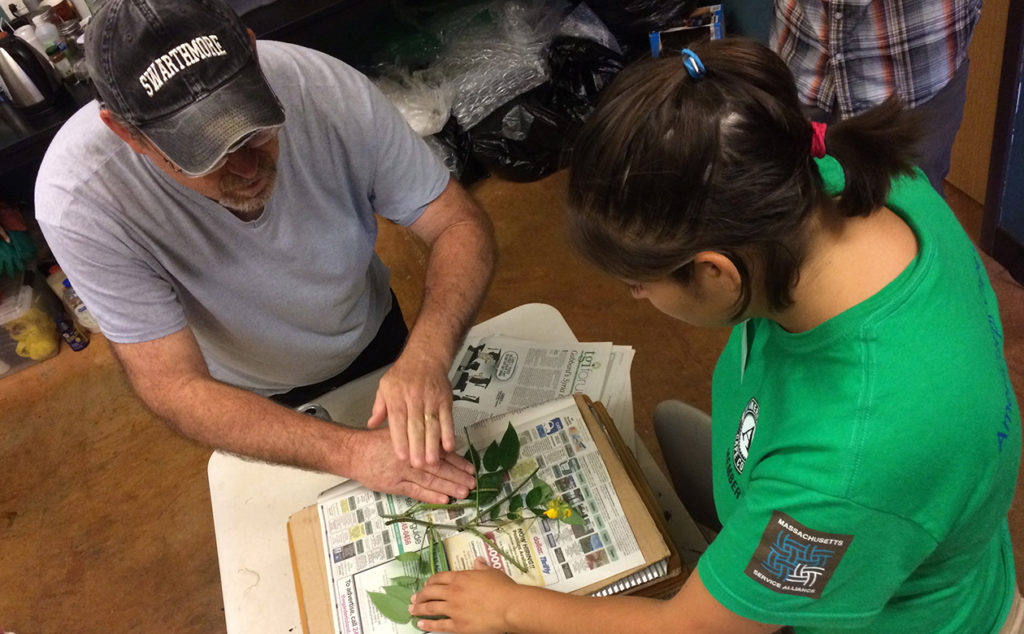
Our seed bank and herbarium collections help safeguard and propagate rare and endangered plants so they can be returned to their natural habitats. Staff and volunteers at the NTBG nursery care for and produce more than 100,000 plants per year, many of which are rare and native to Hawaii and the South Pacific region. Annually NTBG invites more than 30,000 visitors to wander our gardens, take in their majesty, and learn how saving plants saves people.
It is a responsibility we don’t take lightly or carry alone, thanks to thousands of visitors, volunteers, members, and supporters like you. The need to protect plants is upon us now and forever. So please visit, volunteer, or support NTBG with a gift today, and you’ll help us protect plants and people for generations to come.